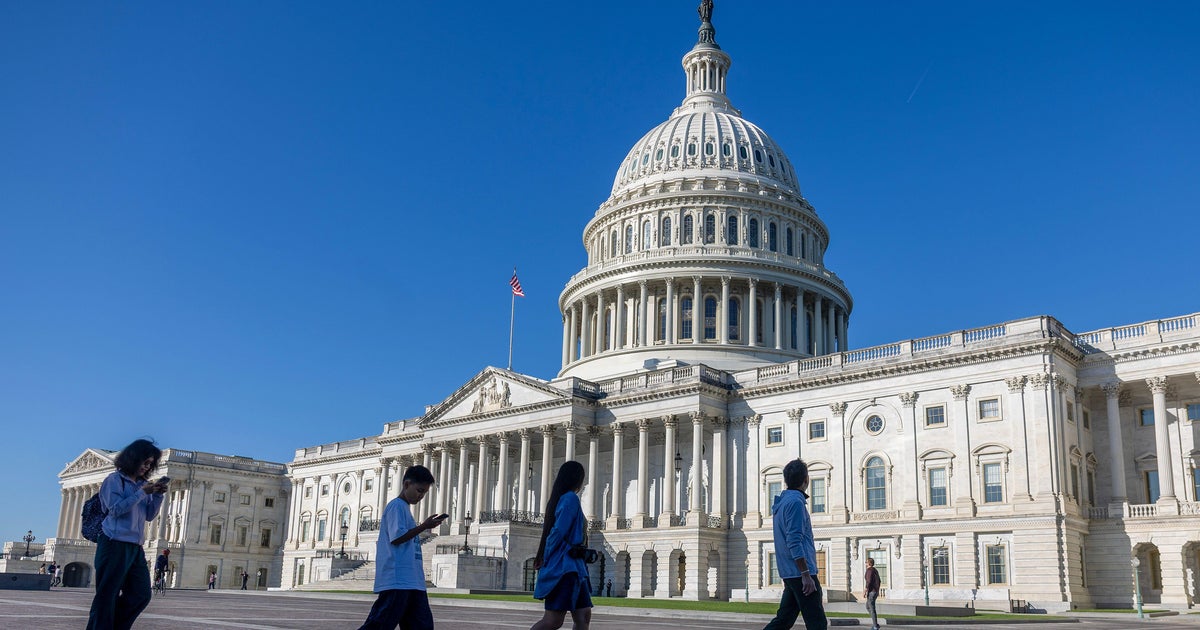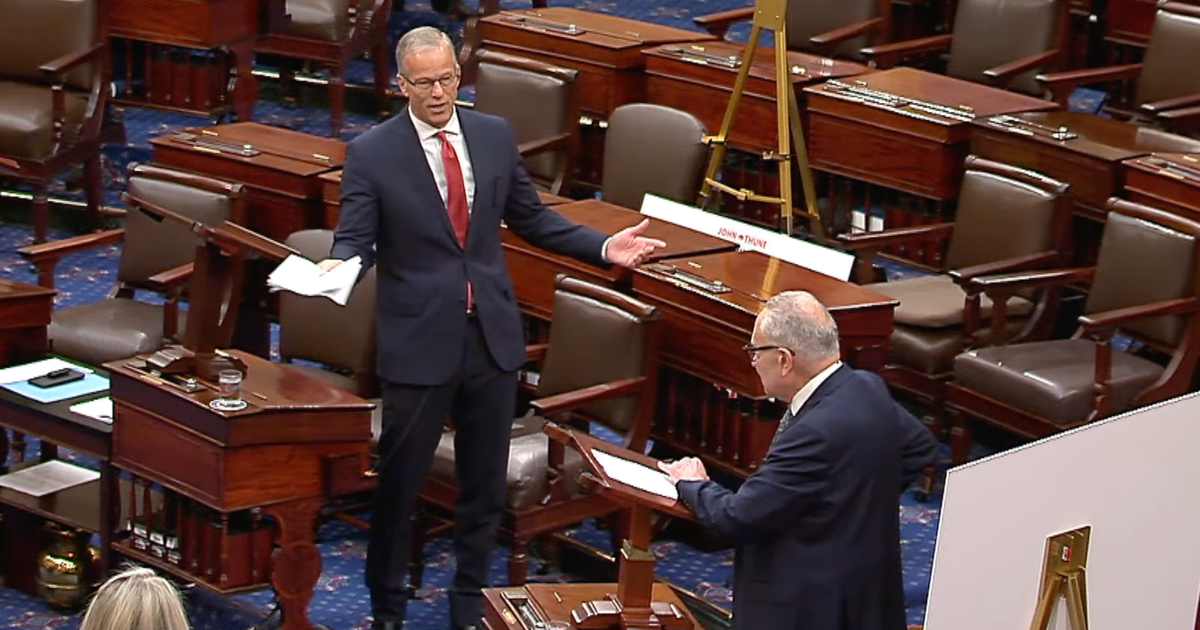OMB Announces Substantial Federal Layoffs Amid Shutdown

Introduction
The Office of Management and Budget (OMB) has announced the commencement of "substantial" federal employee layoffs, aligning with previous warnings of significant reductions during the government shutdown. This move follows the OMB's directive to agencies to prepare Reduction in Force (RIF) plans for programs without alternative funding sources.
Key Details
As part of the shutdown's impact, around 4,200 federal employees across multiple agencies have begun receiving RIF notices. This development underscores the administration's strategy to reduce the size of the federal workforce. The affected agencies face significant restructuring due to the lack of alternative funding sources, leading to uncertainty for many employees.
Impact
The layoffs are part of a broader effort to reshape government operations during the shutdown. The fluid nature of these layoffs suggests that more reductions could occur in the future, further complicating the situation for federal employees and the overall government structure.
About the Organizations Mentioned
Office of Management and Budget
## Office of Management and Budget: A Comprehensive Overview The **Office of Management and Budget (OMB)** is a pivotal component of the Executive Office of the President, serving as the largest office within this branch. Established in 1970, OMB plays a crucial role in implementing the President's vision across the Executive Branch, focusing on budget development, management, and regulatory oversight. ### Key Functions - **Budget Development and Execution**: OMB prepares the President's annual budget proposal, which outlines the administration's priorities and allocates resources accordingly. This process involves evaluating agency programs and setting funding priorities[1][2]. - **Management Oversight**: OMB supervises agency performance, procurement, financial management, and information technology. It ensures that these areas align with the President's policies and priorities[1][3]. - **Regulatory Oversight**: The agency reviews and coordinates significant federal regulations to ensure they reflect Presidential priorities and assess their economic impacts[1][3]. ### History and Achievements While the OMB itself was established in 1970, its predecessor, the Bureau of the Budget, was created in 1921. Over the years, OMB has played a critical role in shaping federal policy and budgeting. Notable achievements include aligning federal spending with national priorities and improving administrative efficiency across government agencies. ### Current Status Today, OMB continues to serve as a key advisor to the President, coordinating policies and implementing strategies across agencies. It also plays a significant role in shaping AI policy through its oversight role in regulatory and budget processes[6]. ### Notable Aspects - **Resource Management Offices (RMOs)**: These offices within OMB are responsible for preparing the President's budget proposal and overseeing budget execution. They provide significant influence over federal programs[6]. - **Innovation and Technology**: OMB is involved in developing AI procurement policies and guiding federal IT acquisition strategies, reflecting its evolving role in technology management[6]. In summary, the Office of Management









